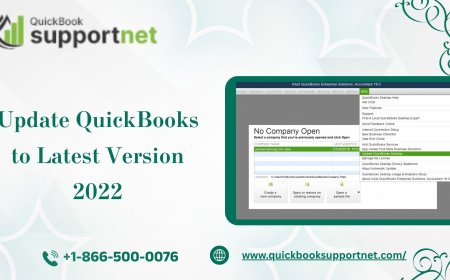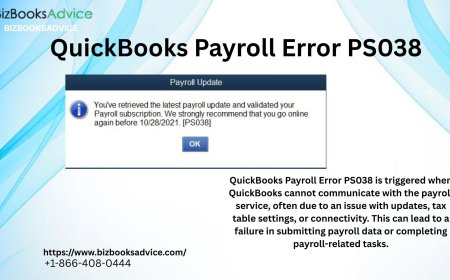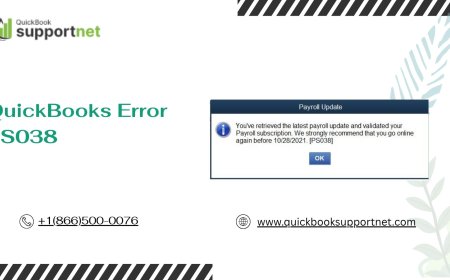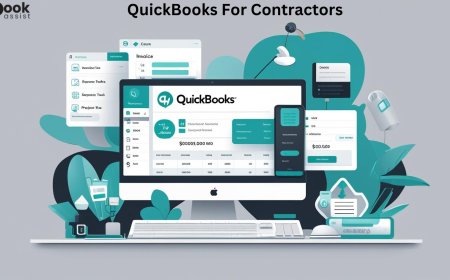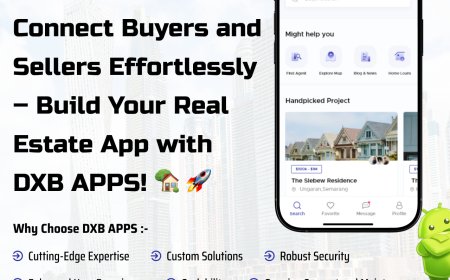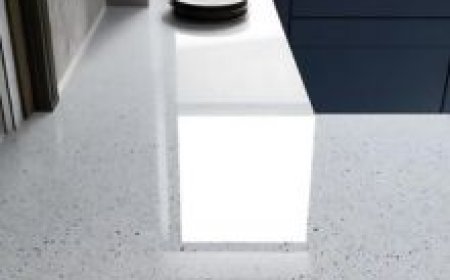Learning ISO Standards: Like Riding a Bike—Steady and Confident

Ever tried teaching someone to ride a bike? Its all wobbly starts, a few near crashes, and that one glorious moment when everything clicks. Thats kind of what ISO training feels like for Quality, Environmental, or Safety Managers. Youre balancing standards like ISO 9001, 14001, or 45001, trying to keep your organization steady while navigating new processes. But heres the thing: with the right training, youre not just pedalingyoure cruising. This article is your guide to making ISO training less daunting and more like that first smooth ride down the street.
Whats the Big Deal About ISO Training?
Lets get real for a second. ISO standards arent just fancy certificates to hang on the office wall. Theyre frameworks that help your organization deliver quality, protect the environment, or keep people safe. But getting there? Thats where training comes in. Its not about memorizing a 200-page manual (though, lets be honest, it can feel that way sometimes). Its about understanding how to weave these standards into your daily operations without losing your mind.
Training equips you with the tools to translate jargon-heavy standards into something your team can actually use. Think of it like learning a new languageexcept instead of bonjour, youre mastering terms like continuous improvement or risk-based thinking. And just like learning to ride a bike, its less about theory and more about practice.
Why You Cant Skip the Training Wheels
You might be tempted to wing it. Maybe youve got a knack for systems or a team thats already halfway there. But skipping proper ISO training is like trying to ride a bike without ever touching the handlebarspossible, but youre asking for a crash. Training helps you:
- Understand the standards core: Whether its ISO 9001s focus on quality or 45001s emphasis on safety, youll learn what makes each standard tick.
- Spot gaps in your processes: Training shows you where your current setup might be wobbling.
- Build confidence: Youll walk away knowing how to lead audits, train your team, and handle those inevitable curveballs.
Without training, youre guessing. And in a world where mistakes can cost time, money, or even safety, guessing isnt a great strategy.
Where to Start: Picking the Right Training
Okay, so youre sold on training. But where do you even begin? Theres a dizzying array of options out thereonline courses, in-person workshops, self-paced modules. Its like walking into a bike shop and seeing everything from sleek road bikes to clunky tandems. Heres how to narrow it down.
Match the Training to Your Role
Are you a Quality Manager knee-deep in ISO 9001? Or maybe youre an Environmental Manager tackling 14001? The best training is tailored to your specific standard and role. Look for courses from reputable providers like the International Register of Certificated Auditors (IRCA) or the American Society for Quality (ASQ). These organizations know their stuff and offer programs that balance practical know-how with just enough theory to keep you grounded.
If youre new to ISO, start with a foundational course. Itll break down the standards clauses in plain English (or at least as plain as ISO gets). For seasoned managers, consider advanced training like lead auditor courses. These dive deeper into auditing techniques and help you steer your organization through certification like a pro.
Online vs. In-Person: Whats Your Vibe?
Heres where it gets personal. Online training is flexibleyou can learn at 2 a.m. in your pajamas if thats your thing. Platforms like Coursera or Udemy offer ISO courses that let you go at your own pace. But if you thrive on interaction, in-person workshops might be your jam. Theres something about hashing out real-world scenarios with other managers that makes the standards feel less like a textbook and more like a tool.
You know whats wild? Some folks swear by hybrid optionspart online, part in-person. Its like getting the best of both worlds: flexibility plus face-to-face problem-solving. Just make sure the course is accredited, or you might end up with a certificate thats about as useful as a bike with no pedals.
The Emotional Rollercoaster of ISO Training
Lets not sugarcoat itISO training can feel overwhelming. One minute youre nodding along, thinking, Ive got this, and the next, youre drowning in terms like nonconformity or management review. Its normal to feel like youre pedaling uphill sometimes. But heres the secret: everyone feels that way at first.
The Aha! Moment Awaits
Stick with it, and youll hit that moment where it all clicks. Maybe its during a mock audit when you finally understand how to document a process. Or maybe its when you realize that ISO 14001 isnt just about saving the planetits about saving your company from costly inefficiencies. That moment feels like coasting downhill on a bike, wind in your hair, no hands needed.
Dont Go It Alone
Heres a pro tip: lean on your team. Training isnt just for youits for everyone who touches the ISO system. Get your colleagues involved in workshops or lunch-and-learn sessions. Its like teaching a kid to ride a bike with a group of friends cheering them on. The shared experience builds momentum and makes the whole process less lonely.
Making ISO Training Stick
Youve done the training. Youve got the certificate. Now what? The real challenge is turning what youve learned into action. This is where a lot of managers hit a wallthey treat training like a one-and-done deal. But ISO isnt a trophy; its a living system that needs constant care.
Build a Culture, Not a Checklist
The biggest mistake? Treating ISO like a box to check. Instead, think of it as a mindset. Share what youve learned with your team in a way that doesnt bore them to death. Maybe you hold a quick meeting to explain how ISO 9001s focus on customer satisfaction can make everyones job easier. Or you show your safety team how ISO 45001 can help them spot hazards before they become problems. Make it real, relatable, anddare I say itkind of fun.
Practice Makes Permanent
You wouldnt expect to ride a bike perfectly after one lesson, right? Same goes for ISO. Schedule regular refreshers, whether its a quick online module or a full-on audit simulation. Tools like ISOs own guidance documents or software like Qualio can help you track progress and keep everyone on the same page. The more you practice, the less youll need to think about the mechanicsand the more you can focus on the big picture.
Navigating the Bumps in the Road
Lets be honest: ISO training isnt all smooth sailing. Youll hit bumpsmaybe a team member who thinks ISO is just extra work or a process that refuses to fit the standards mold. These moments can make you want to throw your hands up and coast back to square one.
When Resistance Hits
Ever met someone who refuses to wear a bike helmet because its fine? Thats what resistance to ISO training feels like. Some folks on your team might push back, thinking its bureaucracy gone wild. Heres where you channel your inner coach. Show them the why behind the standards. For example, explain how ISO 14001 could cut waste (and costs) in your operations. Or how 45001 could prevent an accident that keeps everyone up at night. When people see the value, theyre more likely to hop on board.
Time and Budget Woes
Another common hurdle? Time and money. Training isnt cheap, and carving out hours for it can feel like pulling teeth when deadlines loom. But think of it as an investment, not a cost. A well-trained team catches problems early, saving you from bigger headaches (and bigger bills) down the road. If budgets tight, look for free resources like ISOs own webinars or affordable online courses. Youd be surprised how much you can learn without breaking the bank.
Why ISO Training Is Worth the Sweat
By now, youre probably seeing the pattern: ISO training is hard work, but it pays off. Its like learning to ride a bikeyou fall a few times, but once you get the hang of it, youre unstoppable. Youll build systems that make your organization stronger, safer, and more efficient. Youll gain confidence to lead audits, train your team, and tackle challenges with a clear head.
And heres the best part: youre not just checking boxes for a certification. Youre creating a workplace where quality, safety, or sustainability isnt just a buzzwordits a way of life. Thats the kind of legacy that sticks, long after the trainings done.
So, whats stopping you? Grab that training course, rally your team, and start pedaling. The road might be bumpy at first, but trust meyoull be cruising in no time.














